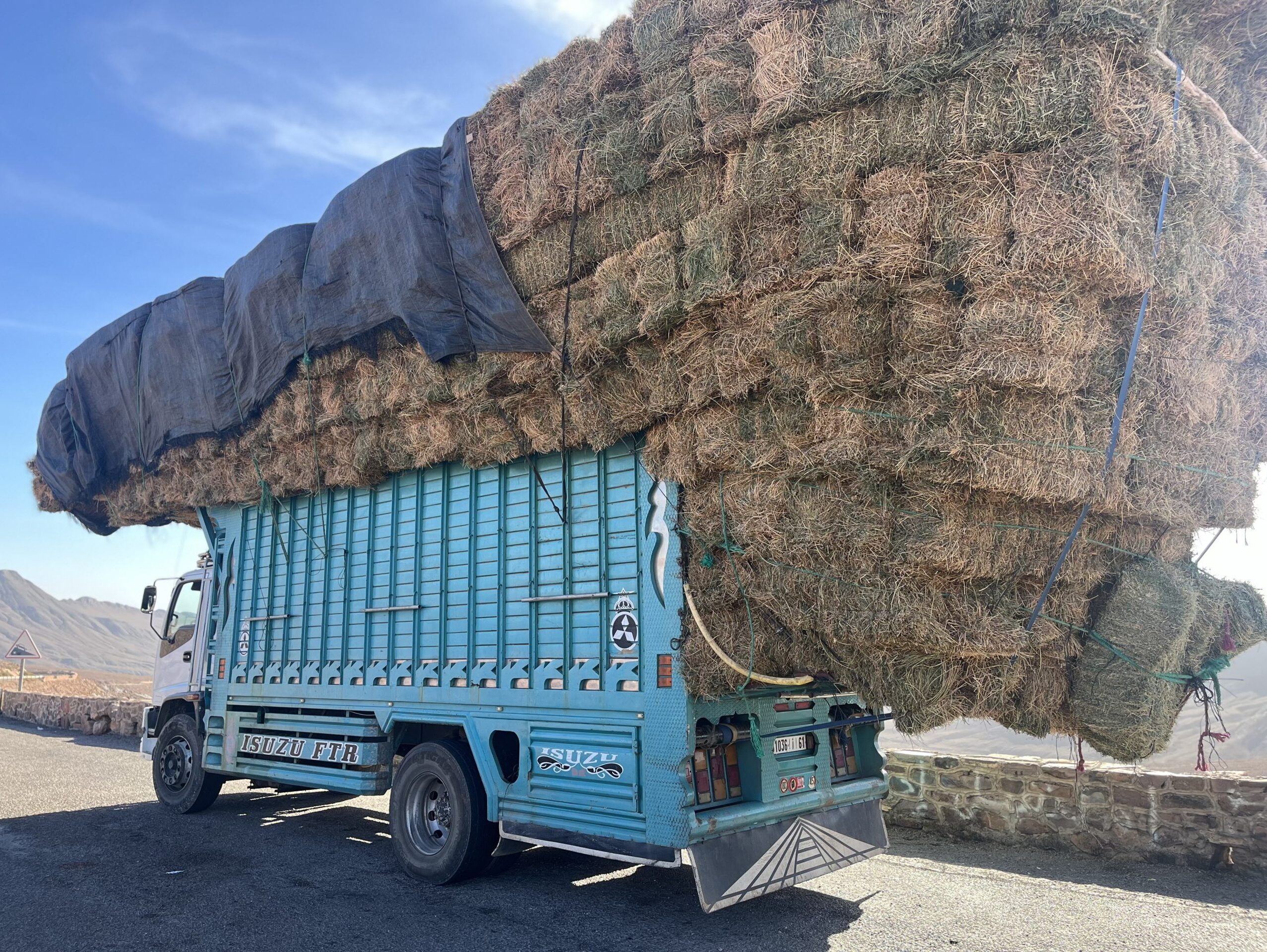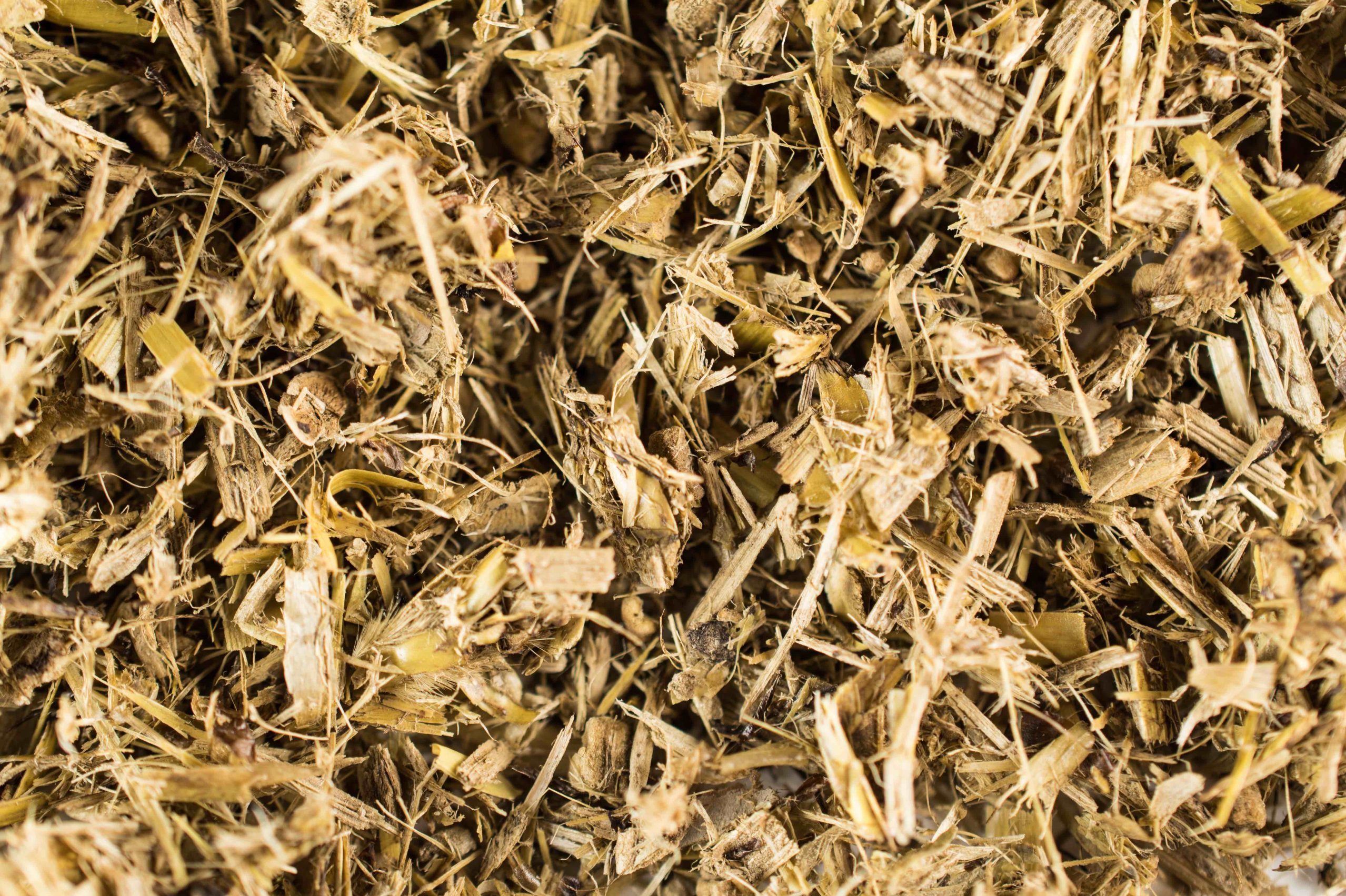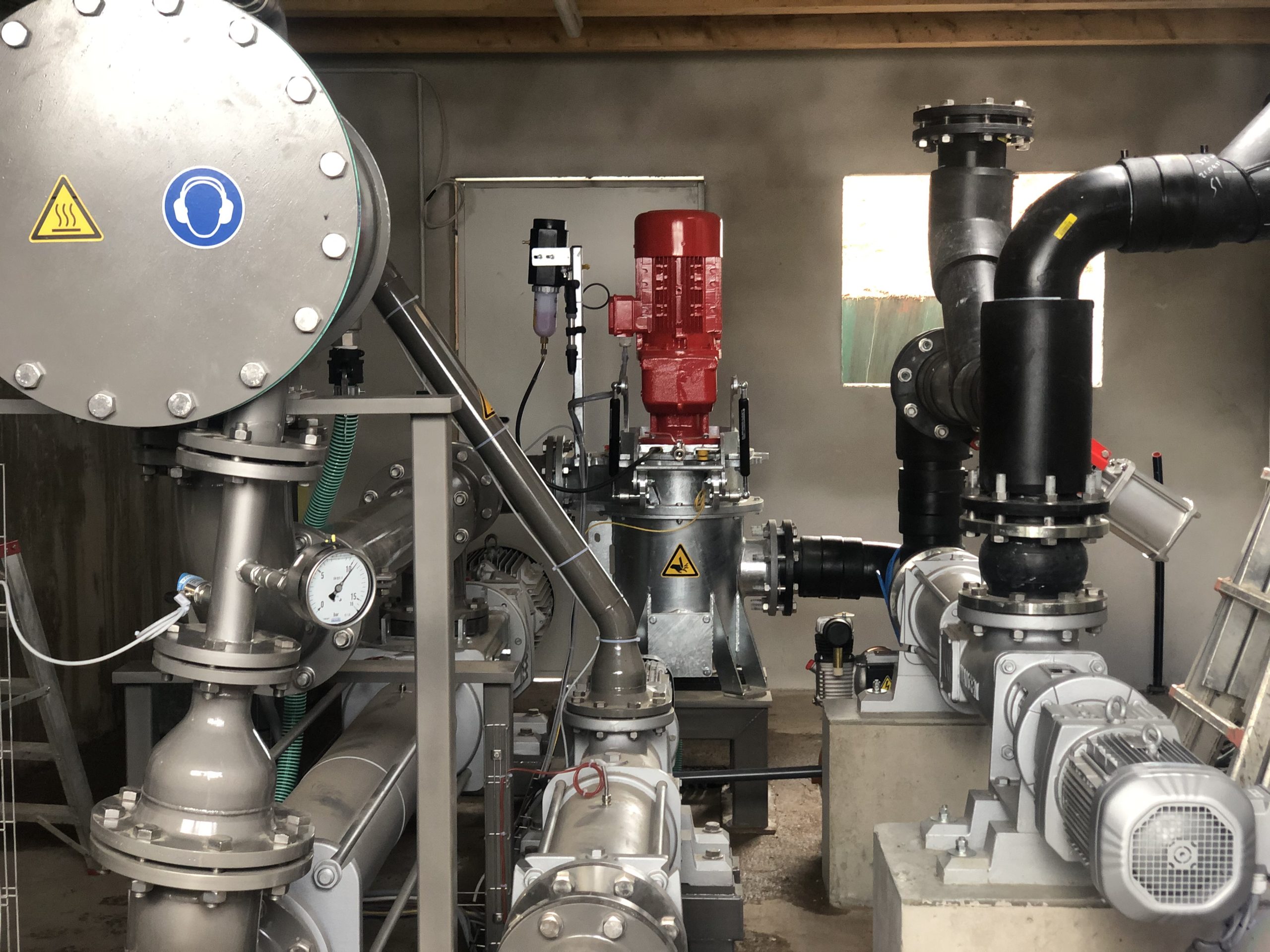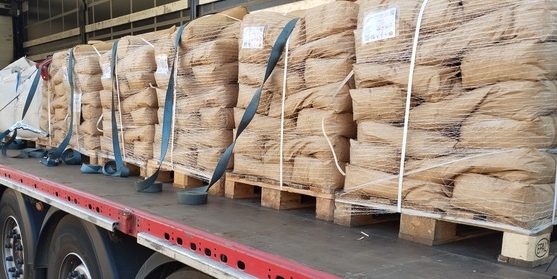„QS” stands for Quorum Sensing, a term from microbiology that refers to the ability of protozoa to measure the cell density of a population through chemical communication. This is an important principle used by bacteria to coordinate processes that would be inefficient if only carried out by individual cells. In this way they can adjust the reproduction rate, form biofilms and simply decide whether to work more (under stress) or less (without stress). For us, consulting is more than just expertise and strategies – it’s a living process, sometimes chaotic, sometimes with mistakes and the path does not always run straight… ” but we go it together and this is not just marketing talk, but serious.
How do we work?
fine-tuned, as a free team, each with different expertise. Biology & Process Engineering, Economics & Government, Networking & Knowledge Exchange.

Projects
How far can we push the limits of loading capacity in the digester? There are always interesting solutions for the individual system, but the wheel is not always reinvented.

Evaluation of process parameters
complete fermenter analysis (DM, oDM, pH value, volatile fatty acids (GC and titration) and FOS/TAC ratio, nutrients and trace elements, NH4-N)
Organic loading rate and hydraulic retention time
Substrate analysis and calculation of synchron-mass
On-site gas yield tests
Viscosity test
capacity limits of the digester
Advice on the selection of technical/ biological products to improve yield for highly loaded digesters
Trial & Error
The aim is to obtain the remaining 7-10% yield increase from Input while speeding up the degradation rate in the process through various biological/ process measures. The starting point is always the increase of hard-to-digest inputs and the reduction of expensive Substrate like corn.
Products
Products that we use, to get a max of 60% increase in the kinetics of degradation
Graph degradation schemeProBios
liquid additive for permanent stimulation of bacteria
ProBios increases the activity and metabolic rate of bacteria, resulting in stronger clusters and a higher bacterial population. This reduces the vulnerability towards cell toxins such as ammonia, which leads to a more efficient and faster conversion of the substrate.
Suprajet
hydrodynamic cavitation (HD) by means of a Venturi nozzle for crushing fibrous substrates
SBGx
SBGx from swissbiogas is a powdery reagent based on iron(II)-oxide FeO (30%) and iron(III)-oxide Fe2O3 (30%) for the binding of hydrogen sulfide. Stoichiometric proportion of the Fe2+ and Fe3+ ions are very high (see RIIM factor, Uni Dresden), at the same time high reaction rate, that is quite similar to iron chloride.
Further products that needs no explanation: chelated micronutrients, Enzymes


